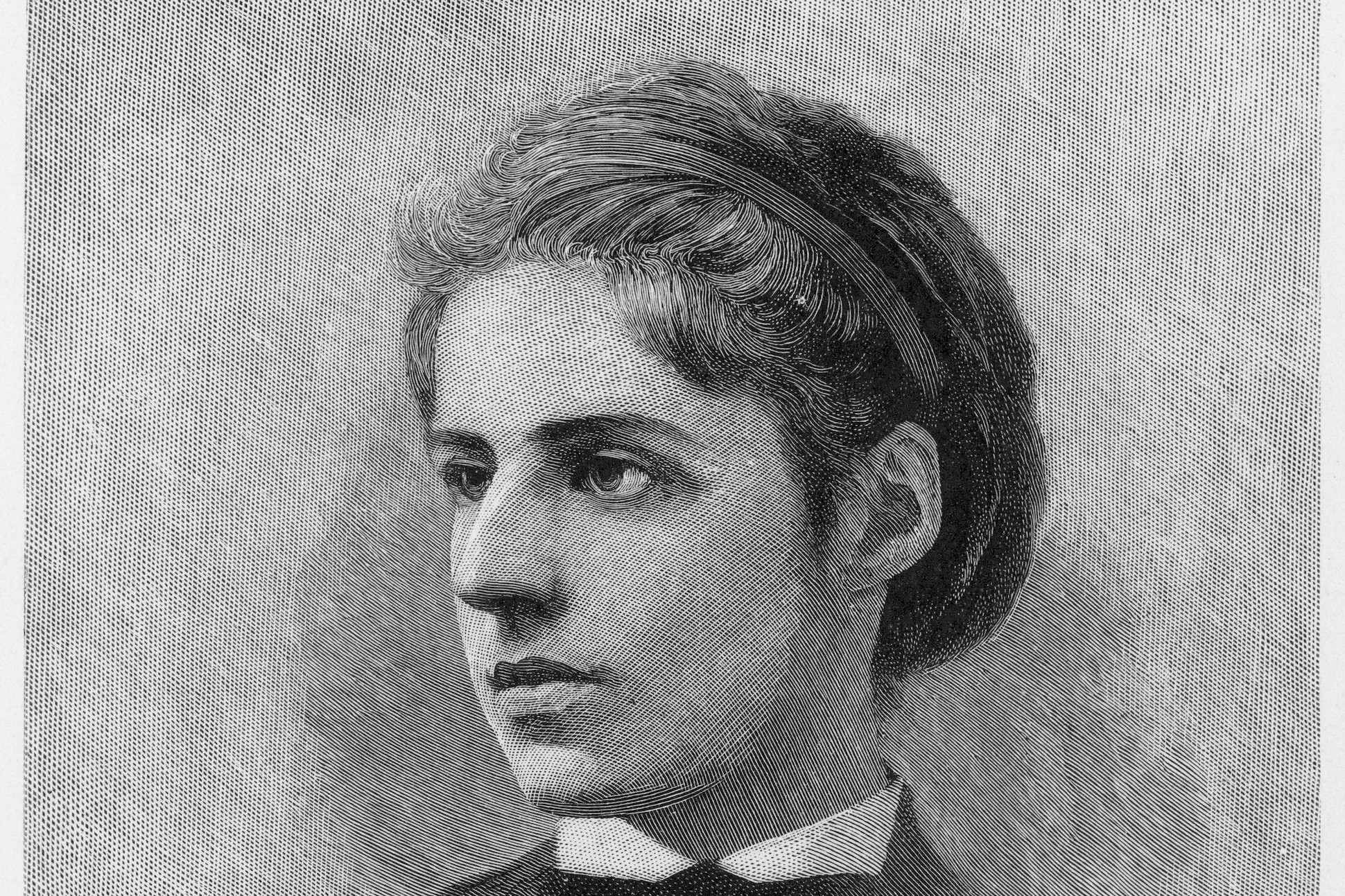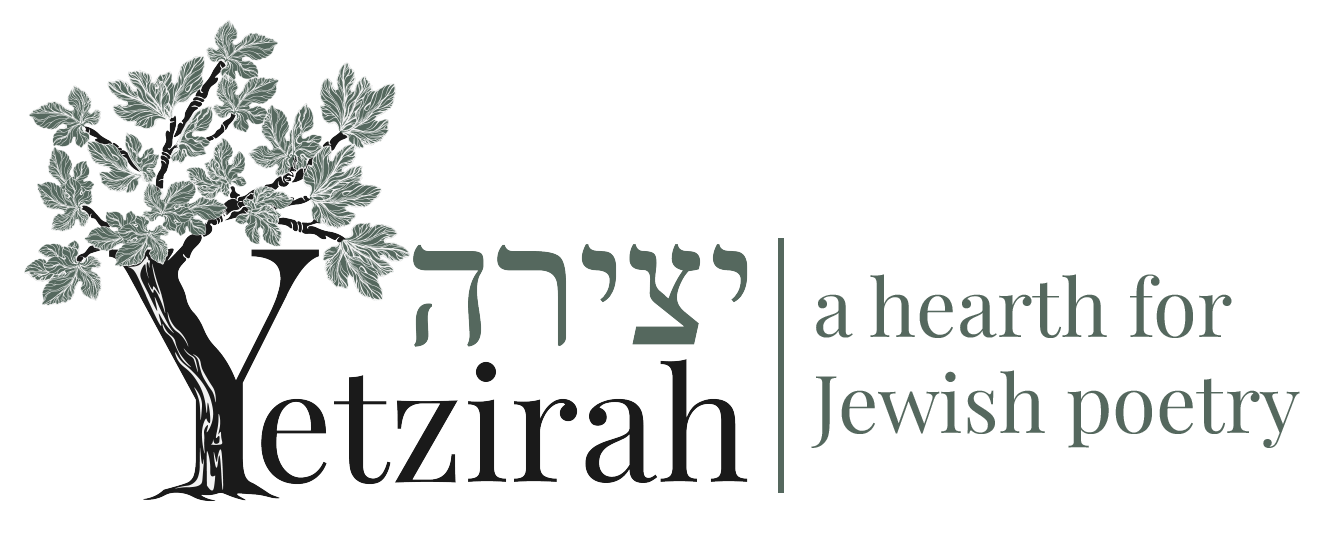
Emma Lazarus
Birth City, State, Country
Biography
Emma Lazarus was a Jewish poet from New York City, USA. She grew up being educated by private tutors with whom she studied mythology, music, American poetry, European literature, German, French, and Italian. Her poetry writing began when she was a young teenager, with her father privately publishing her first book of poems, Poems and Translations: Written Between the Ages of Fourteen and Sixteen. A year later, a commercial press published her first collection, which gained the notice of her contemporaries; including Ralph Waldo Emerson, who Lazarus would consider a friend and mentor.
One of the most successful and popular Jewish authors of all time, Emma Lazarus used her work to speak out for the rights of Jewish people all over the world. She was particularly concerned with the attacks on Russian Jews between 1881 and 1921. Her writing in the 1880s reflects this, as well as her work with Eastern European Jewish immigrants to establish agricultural communities for them. Her collection Songs of a Semite proclaimed her identity as a Jewish poet, and her advocacy for Jewish immigrants in the U.S.
Aside from being a key figure in Jewish writing, Lazarus’s work has a permanent place on the history of America itself. In 1883, she was commissioned to write a poem to help raise funding for the pedestal of the Statue of Liberty. Originally, she declined the offer, but eventually she wrote a sonnet that spoke to the plague of immigrants in the United States. Her poem “The New Colossus,” is now engraved on the pedestal of the Statue of Liberty; “Give me your tired, your poor / Your huddled masses yearning to breathe free.”
Emma Lazarus’ legacy goes far beyond the words engraved on the Statue of Liberty—her true legacy lies in her fight against anti-semitism, and her deep care for immigrants. Following her death at the age of 38 in 1887, Secretary of State John Hay stated that her untimely death was an “affliction to those of her own race and kindred,” but also “an irreparable loss to American literature.” Lazarus’ advocacy, and her work in the social justice for Jewish immigrants, she—as said by Henrietta Szold in American Hebrew—“with her own hand she has sown the seeds that shall transform her grave into a garden…”
(For more information about Emma Lazarus, visit her Poetry Foundation profile)
What is the relationship between Judaism and/or Jewish culture and your poetry?
According to the Jewish Women’s Archive, “In the 1880’s, Emma Lazarus became increasingly convinced that ‘the time has come for actions rather than words.'” She was moved by the struggles of immigrants, and felt that it was her duty to help however she could. JWA says that “she visited Russian refugees, who lived in miserable conditions on Ward’s Island in New York harbor, and volunteered at the Hebrew Immigrant Aid Society.” Later in her life, she would help to found the Hebrew Technical Institute, which provided vocational training to Jewish immigrants in order to help them more easily assimilate into American society.
Emma’s Jewish background and passion for justice for Jewish immigrants has always bled through her poetry. In the 1880s, she began purposefully writing about Judaism, evident in her writing at the time. The JWA cites one of her most famous poems, “In the Jewish Synagogue at Newport,” This poem was modeled after the Henry Wadsworth Longfellow poem “The Jewish Cemetery at Newport.” JWA explains that “while Longfellow’s last stanzas insist that ‘dead nations never rise again,’ Lazarus concentrates on the synagogue and its living power—’The sacred shrine is holy yet.'”
The most obvious representations of Jewish themes in her writing lies in poems like “The Crowing of the Red Cock”, “The Banner of the Jew”, “The Choice”, “The New Ezekiel”, “The Dance to Death”, and her final work, “By the Waters of Babylon: Little Poems in Prose.” She also began publishing a critical pamphlet titled The Century (1882). Her collection of poems, Songs of a Semite: The Dance to Death and Other Poems (1882), was one of the first literary works to explore the struggles of Jewish Americans.
(For more information about Emma Lazarus’ relationship to Jewishness, visit her page on the Jewish Women’s Archive)
Published Works
Poetry
The Poems of Emma Lazarus in Two Volumes (Houghton, Mifflin,1889)
Songs of a Semite: The Dance to Death and Other Poems (The American Hebrew, 1882)
Admetus and Other Poems (Hurd & Houghton, 1871)
Poems and Translations (Hurd and Houghton, 1867)
Poems and Translations: Written Between the Ages of Fourteen and Sixteen (H.O. Houghton and Company, 1866)
Fiction
Alide: An Episode in Goethe’s Life (J.B. Lippincott & Co., 1874)
Plays
The Spagnoletto (1876)
